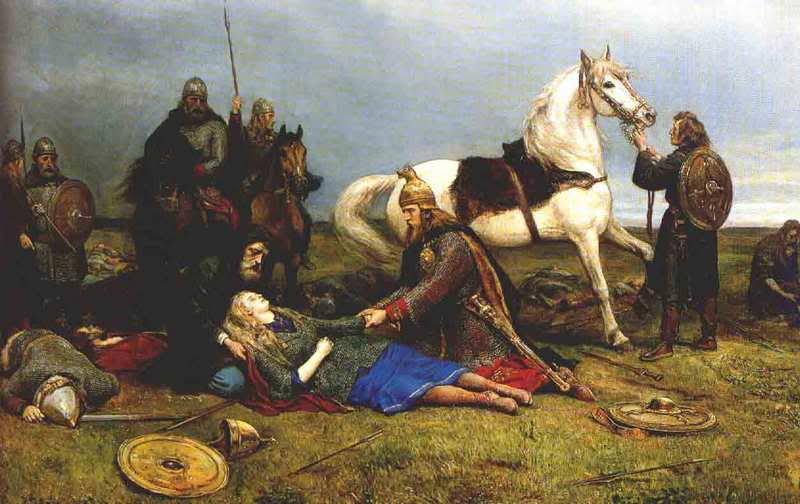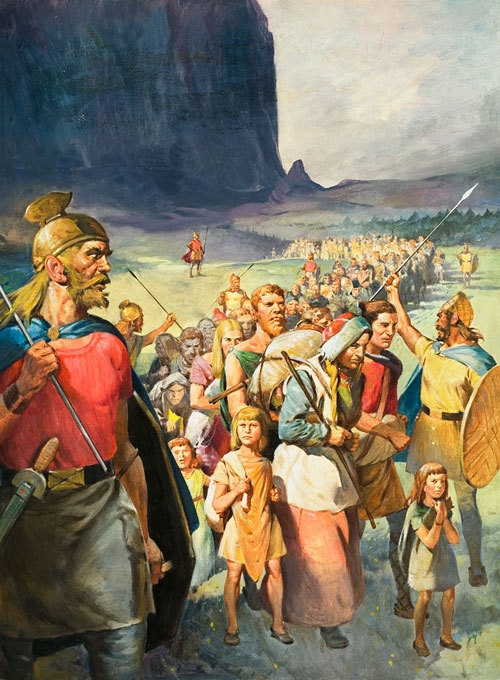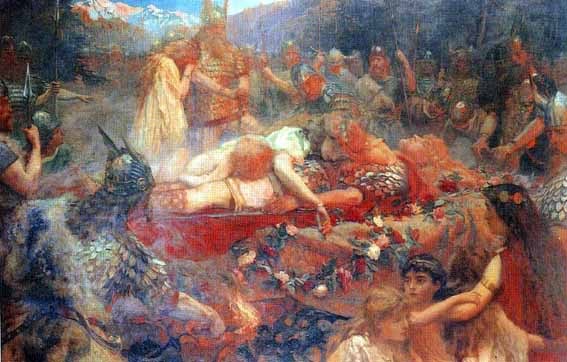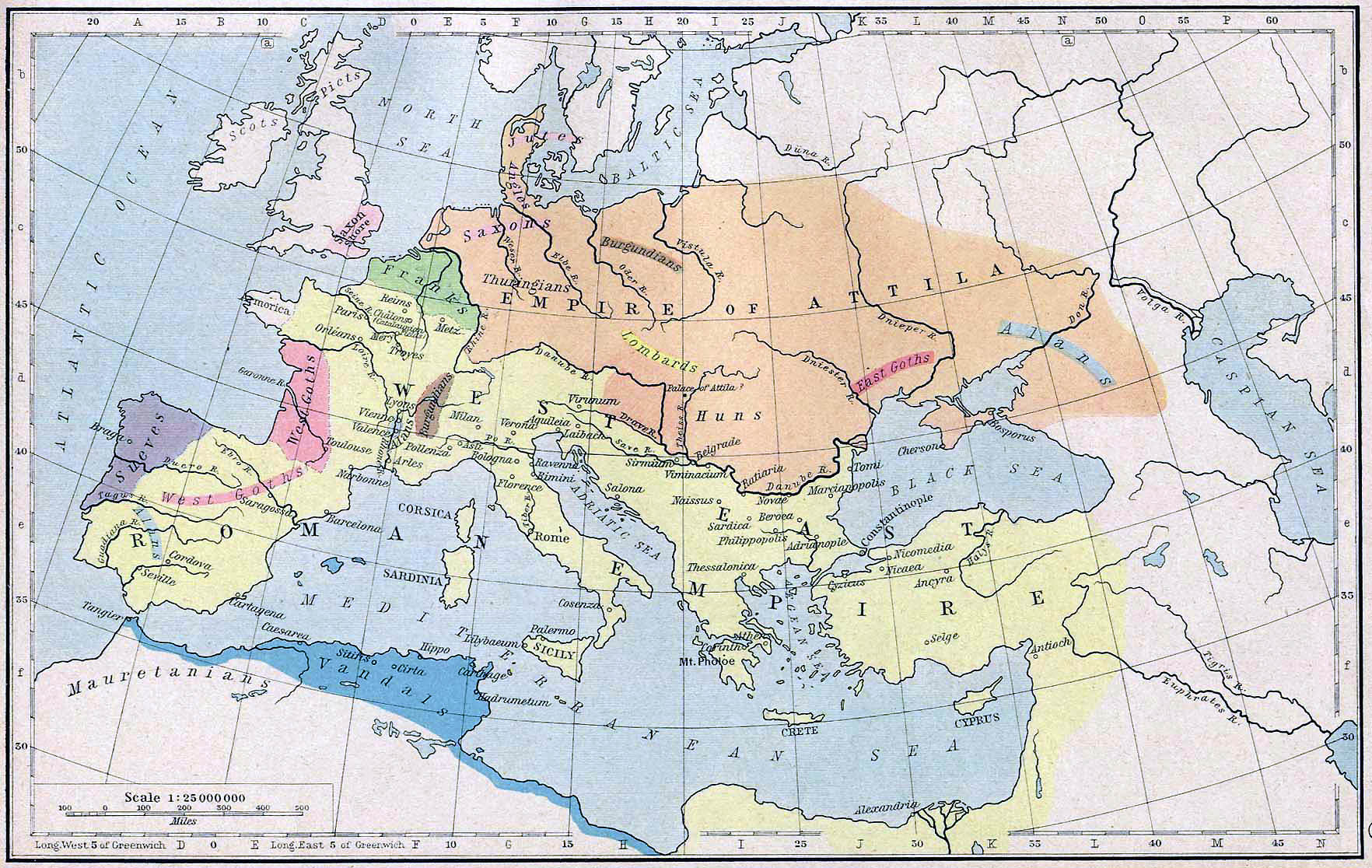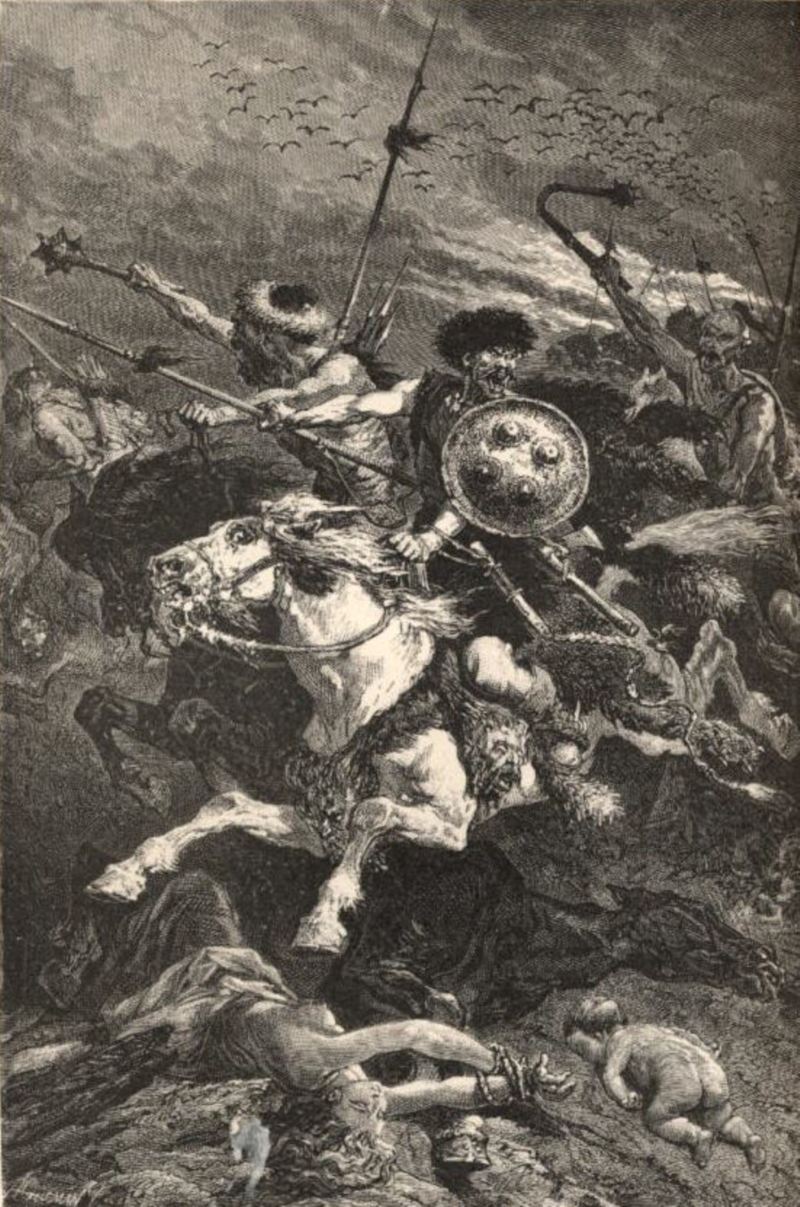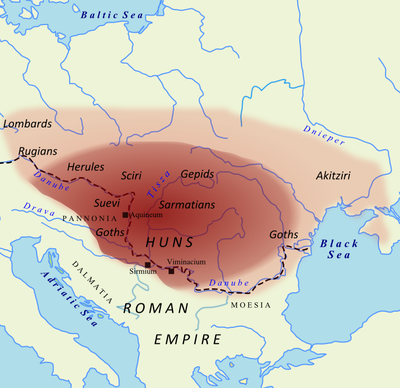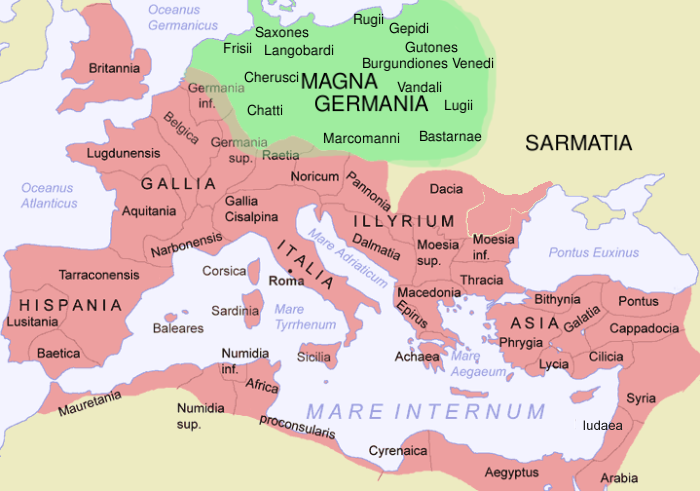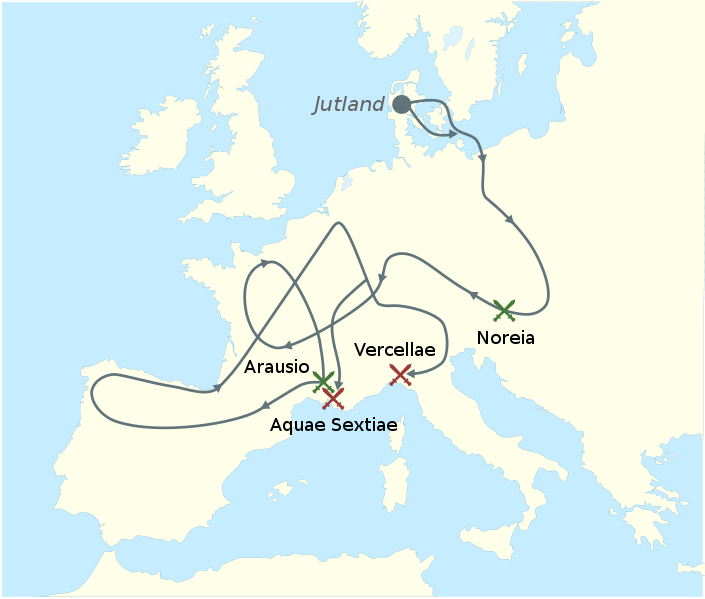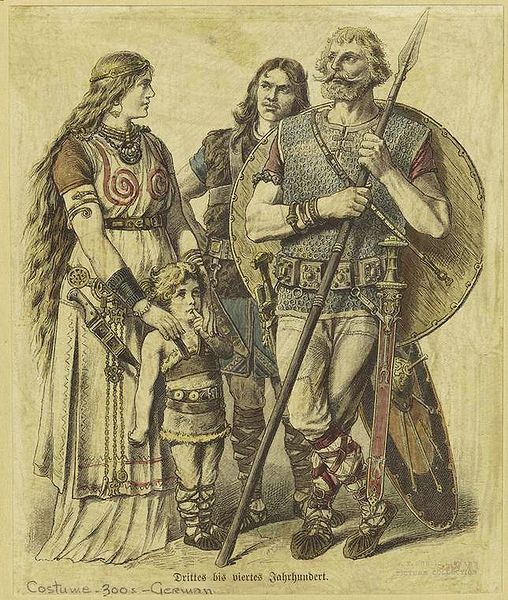Excerpted from the 21st article of William Pierce’s “Who We Are: a Series of Articles on the History of the White Race”:
Called many names—Danes, Geats, Norsemen, Rus, Swedes, Varangers—they are best known to us by the name which is also used to characterize both the age in which they flourished and the way of life of many of them: Vikings. Like two great waves of raiders, conquerors, and colonizers before them, the Goths and the Anglo-Saxons, they came from the Nordic heartland: southern Sweden and Norway, the Danish peninsula, the adjoining portion of northern Germany, and the nearby North Sea and Baltic islands.
Essence of Whiteness
They are of special interest to us in our endeavor to understand who we are, not so much because most of us have Viking forebears (although a great many people with immediate roots in Ireland, Scotland, England, and northwestern France, as well as in Scandinavia, do), but because they give us a clearer, more detailed picture of that pure essence of Indo-Europeanism of Whiteness—which is the common heritage of all of us, whether our recent ancestors were Germans, Celts, Balts, or Slavs, than we can obtain from a study of any other European people.
German in language like the Goths and the Anglo-Saxons, the Vikings retained other aspects of Germanic culture which those earlier emigrants from the Nordic heartland had already lost by the dawn of the Viking Age. In particular, the Vikings held to their Indo-European religion and worldview longer than any of the other Germanic peoples. They also remained hardier, fiercer in battle, and more venturesome than those who had been softened by the more civilized living to the south.
Best and Worst in Our Race
The Vikings not only serve us as an especially useful epitome of Whiteness at a time when our survival demands a renewal of the best of our old values and strengths, but they also provide us with a clear reminder of the danger inherent in one of our most lethal weaknesses: excessive individualism and lack of racial solidarity. A study of the Vikings acquaints us with both the best and the worst (or, in this age, the least affordable) of the characteristics of our race.
No Viking Democrats
The men who inhabited this region were necessarily self-reliant, tenacious, energetic, and resourceful. No anemic democrats these: the terrain was not suited to the placid, ant-heap mentality of lesser races to the south; it bred men with strong wills and stronger egos, a natural warrior aristocracy.
Cultural Unity
The isolation by terrain and climate of many Viking communities did not prevent the Vikings from having a remarkable unity of culture, language, and spirit but it certainly did not encourage political unity. Viking individualism seemed to be inimical to a sense of racial solidarity. While more subjective races to the south were often drawn together by the perceived need for mutual support in the face of a hostile world, Vikings were much more inclined to face the world as individuals.
Their loyalty and sense of community seldom extended beyond the fighting band to which they belonged or, at most, to that limited region of Norway or Denmark or whatever which they considered “home”. And they would as gladly—or almost as gladly—hew down the Vikings of a rival band as a monastery full of trembling priests in some southern land. Within the band, however, the Viking ethos demanded a solidarity as uncompromising as that of the other Germanic peoples of their time.
Ralph the Walker
Just as in England and Ireland, however, Vikings who at first came only to seize women and gold later came to seize land as well. This process reached its climax early in the 10th century when a Viking band wrested away from the West Franks a substantial piece of territory in northwestern France, south of the lower Seine.
First White American
A few years later another Greenland Viking, Thorfinn Karlsefni, made a determined effort to establish a permanent Viking presence in America. He fitted out three longships and recruited 160 men and women to accompany him on the westward voyage. They built a community in North America which they called Straumfjord, and in 1004 Thorfinn’s wife Gudrid bore him a son, Snorri, there: the first native White American.
Unrelenting attacks by Indians made life very difficult for Thorfinn’s American colonists, however, and after three years they abandoned their settlement and returned to Greenland.
Had the Vikings’ weapons been technologically superior to the bows and arrows of the [Amerinds]—as Columbus’ firearms were—then White history in America would have begun 500 years sooner than it did. As it was, the individual superiority of the Viking warriors in battle could not make up for the enormous numerical advantage enjoyed by the hordes of Red men who opposed them.
Purest Cultural Heritage
Today these North Atlantic islands, of which Iceland with its quarter-million inhabitants is the most significant, preserve the Viking cultural heritage in its purest form. The modern Icelandic and Faroese languages are nearly identical to the Old Norse spoken by the Vikings, while English and the other Germanic languages have undergone great changes during the last 1,000 years. In folkways as well, many Viking traits have been preserved in the islands, especially in Iceland and the Faroes. There has even been a return to the Viking religion by some Icelanders in recent years.
No Minorities
Iceland is outstanding in another respect as well: alone among the White nations of the world it does not bear the curse of non-White minorities; it has no Blacks, no Jews, no Vietnamese, no Mexicans. Iceland has not been invaded for the last 1,000 years, except during the Second World War, when the country was occupied by American troops. The bulk of the foreigners withdrew after the war, and Icelanders insisted that future U.S. troops sent to man the air base which the United States was allowed to maintain on the island include no non-Whites.
The greatest debt that the White race owes to Icelanders is for their preservation of the Norse literary heritage: the Viking sagas. While church officials in other European countries were rounding up and burning all the pre-Christian books they could lay their hands on during the Middle Ages, Icelandic scholars were busy writing down the sagas which still existed only in oral form and transcribing, annotating, and expanding those which had been put into writing earlier.
Genocidal Evangelism
Beginning in 772, a year after he became sole king of the Franks upon the death of his brother Carloman, Karl, later known to the French as Charlemagne, son of Pepin the Short and grandson of Karl the Hammer, waged a 32-year campaign of genocidal evangelism against the Saxons. The campaign began with Karl’s destruction of the Irminsul, or World Pillar, the Saxon equivalent of the Norse World Ash, Yggdrasil, located in the Saxons’ most sacred grove, at Eresburg (on the site of the present Marburg), and it became bloodier, crueler, and more intolerant as it wore on.
In 774, at Quierzy, Karl issued a proclamation that he would kill every Saxon who refused to accept the sweet yoke of Jesus. Henceforth a contingent of Christian priests accompanied the Frankish army on its expeditions against the Saxons, and in every Saxon village those who refused to be baptized by the priests were slaughtered on the spot.

